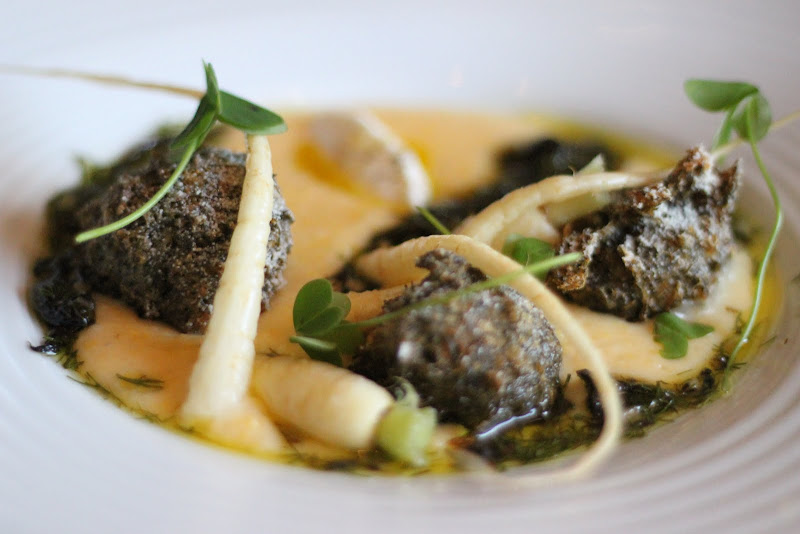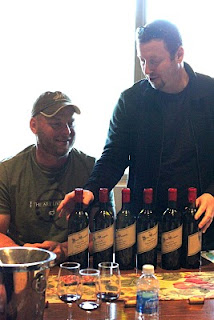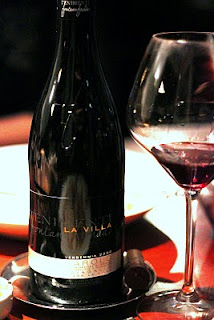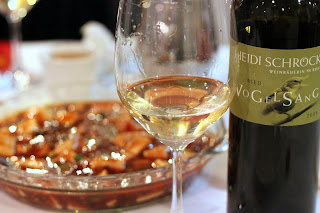Ubuntu restaurant, Napa

I should never be caught dead in a vegetarian joint. Hard to fathom for a Russian Jew that a meal is a meal if it doesn't have meat or poultry or fish or sausage. One place on Earth so far (and apologies to all my vegetarian friends from India) where I will go gladly every time and forget all about meat is Ubuntu restaurant in Napa . They call it a "vegetable" restaurant rather than "vegetarian" to try to fool the prejudiced carnivores like myself. Their daily garden menu are dishes inspired by the bounty of biodynamics, seasonality, and creativity. Just several years in existence, and already granted a Michelin star, this two-story establishment is strange - folks literally walk out of the second floor's yoga studio in their sweats, while the trendy first floor is filled with well-dressed gourmands. The founder / owner apparently is passionate about yoga and food, and managed to combine those two into one amazing experience in historic downtown Napa. The ra





